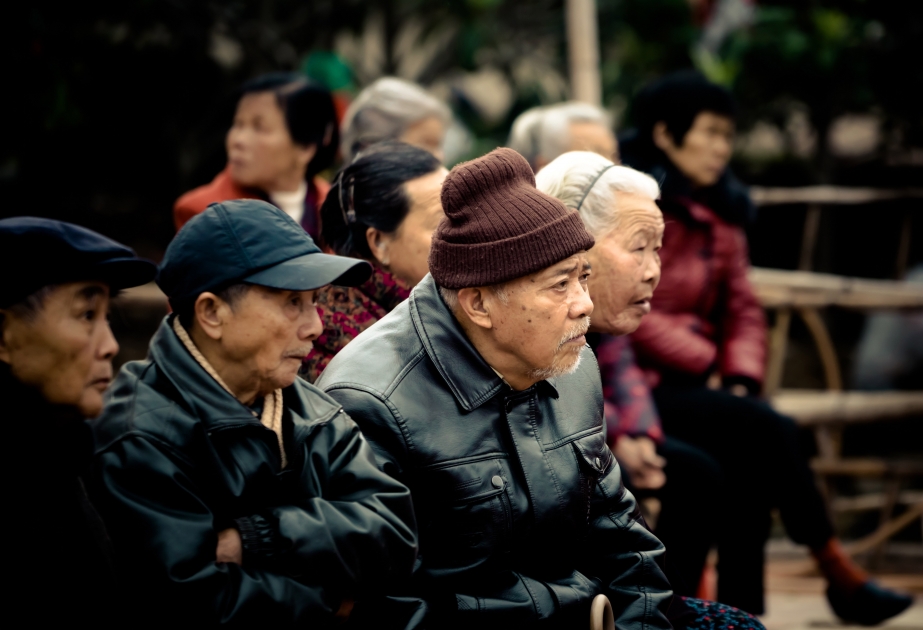China’s population falls for a 2nd straight year as births drop even after end of one-child policy
China’s population fell by 2 million people in 2023 in its second straight annual decrease, as births dropped for the seventh straight year and deaths jumped following the end of COVID-19 restrictions, the government said Wednesday.
According to AP News, the number of deaths rose by 690,000 to 11.1 million, more than double the previous year’s increase. Demographers said the rise was driven by the aging of the population and the widespread COVID-19 outbreaks that started in December 2022 and continued into February of last year.
The total population stood at 1.4 billion, the statistics bureau said. China, long the most populated country in the world, dropped into second place behind India in 2023, according to U.N. estimates.
The falling births reflect a decline in the fertility rate that is a long-term economic and societal challenge for China. Women are having fewer babies despite government incentives and the easing of its one-child policy in recent years to allow up to three children.
The lower fertility rate, together with people living longer because of better health care, means China is slowly growing older, something that could slow economic growth over time and challenge the government’s finances and its ability to provide for a larger elderly population with fewer workers.
Experts expect the population decline to continue for decades, even if the fertility rate rebounds.
Demographer Zuo Xuejin, former executive vice president of the Shanghai Academy of Social Sciences., estimated that the proportion of the population that is 65 or older could double to more than 30% by 2050.
The government issued guidelines earlier this week on developing the “silver” economy and enhancing the well-being of older people. They included expanding geriatric hospital and nursing care, encouraging the development of clothing, food and other products suitable for older people, cracking down on scams that target the elderly and making it easier to operate a TV.
The number of births fell by 540,000, or 5.6%, which was smaller than the double-digit percent drops the previous three years. The 9 million babies born in 2023 were less than half the total in 2016. All the figures are estimates based on surveys and do not include Hong Kong and Macao. China conducts a full census every 10 years.
China, which once sought to control population growth with its one-child policy, is now facing the opposite problem. The government has sought to encourage births since gradually easing the policy over 2014 to 2016 to allow a second child and then a third child in 2021, but with little success.
Many people are delaying marriage or choosing not to have children. Even those who do often have only one child because of the high cost of educating children in cities in a highly competitive academic environment. The population of women of child-bearing age has also fallen.
Local governments are offering incentives for new children. A municipality in China’s Inner Mongolia region has started offering payments of 2,000 yuan ($280) for a second child and 5,000 yuan ($700) for a third, as well as requiring that employers give an extra 60 and 90 days of paid maternity leave for the second and third child respectively, according to an online report by state-owned China National Radio.
The working-age population, defined as those between 16 and 59 years old, fell to 61% of the total population, continuing a gradual decline. The proportion of those aged 60 and older ticked up to 21%. The official retirement age in China is 60 years old for men and 50 or 55 for women.
The drop in population is expected to be less this year, because of the waning effects of the pandemic and the fact that the year of the dragon, which begins in February, is considered an auspicious year to have children, an expert said at a forum earlier this week, according to the English-language state-owned China Daily newspaper.
But Yuan Xin, a professor at Nankai University and vice-president of the China Population Association, added that “the downward trend in China’s total population is bound to be long-term and become an inherent characteristic.”







.webp)






.jpg)

